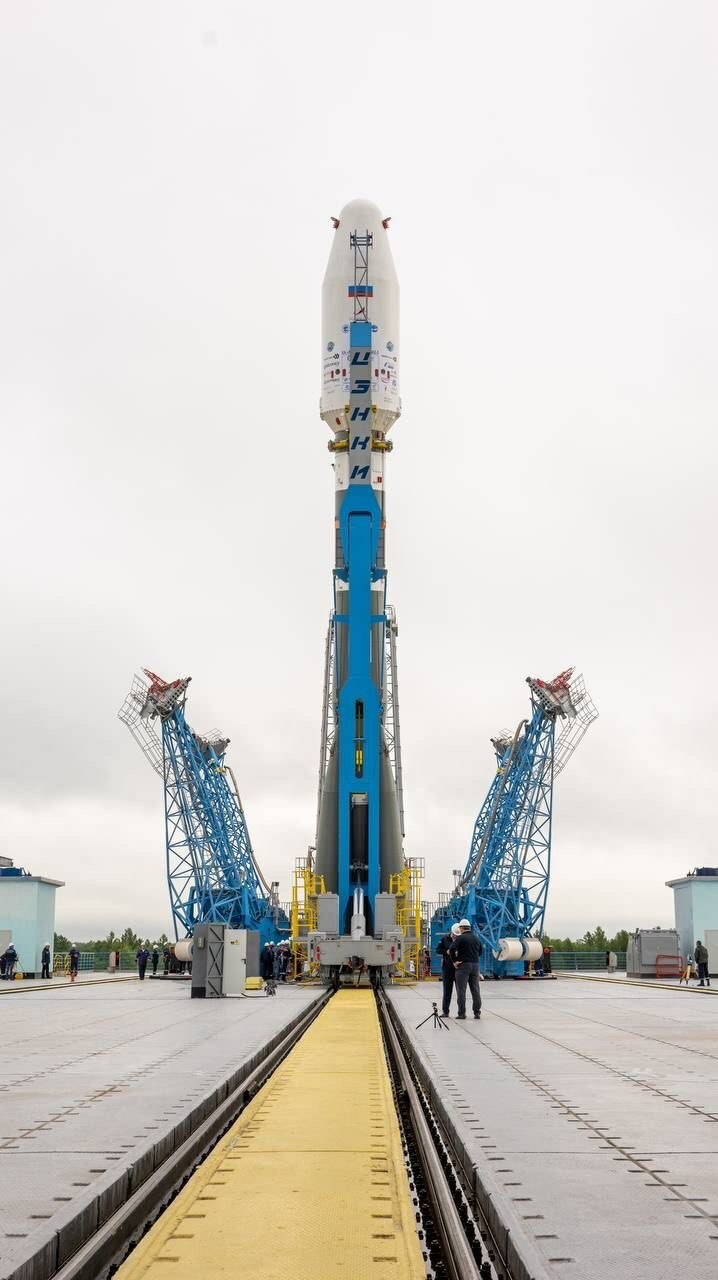June 27, 2023 - 7 nanosatellites of the Constellation-270 project of the Cosmos Scientific and Educational School of Moscow State University were launched into orbit from the Vostochny Cosmodrome.
SINP MSU - CubeSat3U:
1. Monitor-2
2. Monitor-3
3. Monitor-4
SINP MSU - CubeSat6U:
4. AVION
Joint project with Sirius center in Sochi - CubeSat3U:
5. SiriusSINP
Joint project with Tyumen University - CubeSat3U:
6. UTMN2
Joint project with the Kuban State Technological University - CubeSat6U:
7. Saturn
Launches are carried out within the framework of the Universat and Space-P programs:
The multi-satellite constellation will make it possible to obtain a current picture and a predictive assessment of radiation conditions in a large area of near-Earth space, which will contribute to the solution of both scientific and applied problems necessary for the implementation of the space activities of our state.
In the future, it is planned to expand the scope of experiments, which, along with astrophysical and geophysical problems, will have to cover research in the field of astrobiology, inter-satellite communications, control of aircraft and sea traffic, etc.
Particularly noteworthy are the possibilities of the multi-satellite constellation being created in terms of providing various projects for the development of the Arctic region.
The most important role in the space program of Moscow University is played by the educational component.
The educational component of the project is aimed at involving schoolchildren and students in space research.
As part of this work, it is planned to significantly increase the number of ground reception points that can be installed in schools and other educational institutions. Schoolchildren and students are expected to participate in the preparation and conduct of space experiments, the reception and processing of scientific and telemetric information obtained using antennas installed directly on the territory of the schools participating in the project.
This is the most massive launch of Moscow University satellites in history and a qualitative new step in the development of the Moscow State University space program.
SINP MSU - CubeSat3U:
1. Monitor-2
2. Monitor-3
3. Monitor-4
SINP MSU - CubeSat6U:
4. AVION
Joint project with Sirius center in Sochi - CubeSat3U:
5. SiriusSINP
Joint project with Tyumen University - CubeSat3U:
6. UTMN2
Joint project with the Kuban State Technological University - CubeSat6U:
7. Saturn
Launches are carried out within the framework of the Universat and Space-P programs:
- All satellites of the project turned on and the first telemetry has been received
- Flight tests have begun
- Communication and control of the constellation is carried out from the new MCC at Moscow State University and a receiving station located in the Crimea on the territory of the Moscow State University observatory. Partner companies SPUTNIX and NIILAKT DOSAAF are also involved.
The multi-satellite constellation will make it possible to obtain a current picture and a predictive assessment of radiation conditions in a large area of near-Earth space, which will contribute to the solution of both scientific and applied problems necessary for the implementation of the space activities of our state.
In the future, it is planned to expand the scope of experiments, which, along with astrophysical and geophysical problems, will have to cover research in the field of astrobiology, inter-satellite communications, control of aircraft and sea traffic, etc.
Particularly noteworthy are the possibilities of the multi-satellite constellation being created in terms of providing various projects for the development of the Arctic region.
The most important role in the space program of Moscow University is played by the educational component.
The educational component of the project is aimed at involving schoolchildren and students in space research.
As part of this work, it is planned to significantly increase the number of ground reception points that can be installed in schools and other educational institutions. Schoolchildren and students are expected to participate in the preparation and conduct of space experiments, the reception and processing of scientific and telemetric information obtained using antennas installed directly on the territory of the schools participating in the project.
This is the most massive launch of Moscow University satellites in history and a qualitative new step in the development of the Moscow State University space program.

